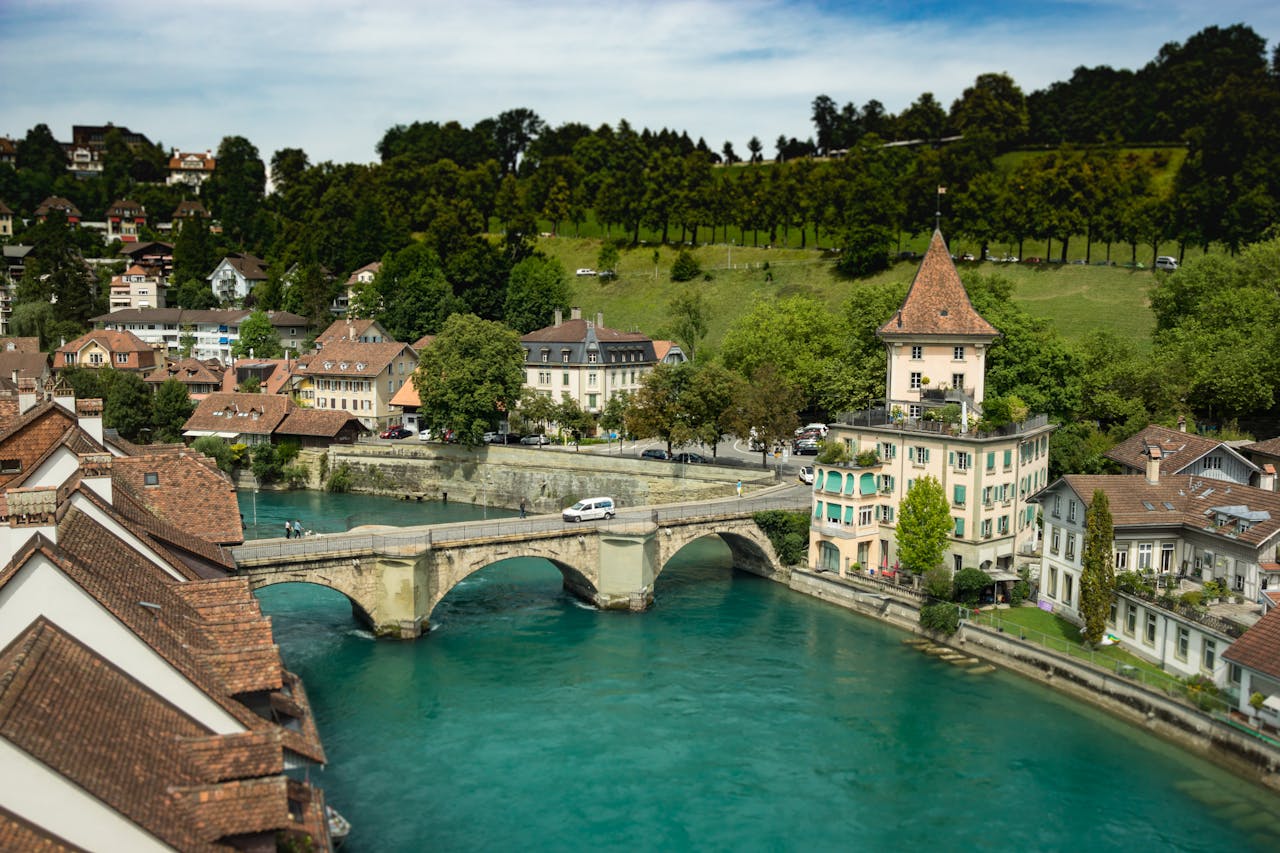Many Americans are tempted by the idea of life abroad, picturing better weather, safer streets, or a slower pace. Recent survey work shows that more than half of Americans have at least considered moving overseas, with cost of living and quality of life among the top reasons.
Younger adults, especially, see international moves as a way to stretch a starting salary and explore new cultures. At the same time, becoming an expat is more complex than packing a suitcase. Some countries that look perfect on social media come with unexpectedly high day-to-day expenses that strain a student’s or early-career budget.
Where Expats Pay the Most and the Least in 2025
Moving for affordability only works if the routine bills line up with your income. Financial advisors who work with expats point out that affordability depends less on headline salaries and more on recurring costs like utilities, transit, mobile and internet, groceries, gym memberships, and the occasional meal out. With that lens, the latest analysis from William Russell compared typical monthly expenses in popular destinations and ranked countries by an overall Expat Expenditure Score. Here is how the results shake out and what they mean for a first-year budget abroad.
Most expensive countries for expats

Switzerland ranks as the most expensive overall. It is consistently praised for safety and happiness, and it offers iconic scenery from the Swiss Alps to Lake Geneva. The trade-off is price. Among the countries analyzed, Switzerland sits at the top for monthly utilities and charges some of the highest averages for gym memberships, movie tickets, public transportation, and meals for two. New arrivals feel it immediately when they set up internet, buy a transit pass, and try to enjoy a normal weekend.
Iceland comes in second. The Land of Fire and Ice draws people for its dramatic nature, but its everyday costs are also high. Public transportation and average restaurant meals are among the most expensive in the ranking. Budgeting for routine dining and city transport is essential if you plan to base yourself in Reykjavík.
Norway places third. It is a safe, highly developed country with strong public services. The pinch points are monthly utilities and gasoline, which lift the overall cost of a normal month, especially if you commute by car or heat a larger apartment.
Denmark is fourth. The country delivers excellent quality of life, but the bill reflects it. A mid-range dinner for two can land around 106 dollars, which makes even modest social plans add up quickly. Utilities also sit on the higher end, so the baseline cost of staying comfortable through the winter is significant.
The Netherlands rounds out the top five. From tulip fields to Amsterdam’s canals, the experience is world class, yet high monthly utility costs and elevated everyday services keep the total monthly spend above what many new expats expect.
Most affordable countries for expats
Mexico ranks as the most affordable overall. It offers a slower pace in many cities, access to beaches, and friendly day-to-day bills. Utilities are among the lowest averages in the dataset, and gym memberships, movie tickets, and casual meals tend to be manageable. That combination lets savings last longer while you settle in.
Lithuania and Poland follow as a tie for the second-cheapest spots. Lithuania benefits from low internet and public transportation costs, while Poland combines relatively inexpensive entertainment with modest gym fees. Both countries give students and entry-level professionals a realistic path to balance experience and affordability.
South Korea sits next. Big-city life in Seoul is not universally cheap, but outside the most central neighborhoods many costs stay reasonable. Utilities and basic restaurants can be affordable by international standards, and public services are reliable, which helps keep monthly surprises to a minimum.
Hungary completes the list. Budapest’s compact layout and strong transit make it easier to control transport costs, and the overall basket of utilities and entertainment remains accessible for newcomers watching a budget.
Why the differences are so large
A few factors explain why some countries are consistently pricier. Strong currencies lift the cost of imports and travel. Tight housing markets raise service wages and monthly utilities. High average incomes set a higher starting point for prices across restaurants and leisure. Meanwhile, countries on the affordable list often combine moderate wages with competitive utility costs and accessible public services, keeping the entire basket of routine expenses in check.
City-level reality checks
Country rankings are a starting point. Your actual budget depends on the city and even the neighborhood. Mexico City’s trendiest districts differ dramatically from Mérida or Querétaro. In Poland, central Warsaw prices will not match Wrocław or Gdańsk. In high-cost countries, a smaller city may feel much more livable than the capital. Treat national results as a filter, then price the exact place you plan to live.
How the Rankings Were Calculated
The William Russell approach focuses on everyday purchases that most expats cannot avoid. That includes monthly utilities, public transportation, fuel, broadband, typical restaurant meals for two, gym memberships, and common leisure costs like movie tickets. These category averages are combined into a single score to compare countries. This method is useful for first-year planning because it reflects the costs you will actually encounter once the apartment is set up and daily life begins. It also explains why some places with higher salaries still end up in the expensive column. If the routine bills are steep, the salary advantage can shrink quickly.
One important note is that country-level rankings and city-level rankings do not always line up. City lists frequently push global hubs with housing pressure toward the top even when the rest of the country is more manageable. Use both views when you evaluate options.
How to Build a Realistic Expat Budget

Start with non-negotiables. List rent, utilities, a monthly transit pass, mobile and internet, and a starter grocery basket. Give yourself a 10 to 15 percent buffer for the first six months while you learn local prices and handle setup fees.
Add lifestyle costs honestly. If weekend cafés, a gym, or occasional movies keep you happy, include them. These categories are exactly what drive countries like Switzerland, Iceland, and Denmark to the top of the expensive list. Leaving them out on paper now and adding them later is the most common budget mistake.
Consider currency and income. If you earn in dollars but spend in a strengthening local currency, last month’s plan might fall short. If you earn locally, look up typical entry-level salaries in your field so that you are comparing like with like.
Plan logistics early. Visa rules, healthcare, and tax obligations impact affordability as much as prices. A cheaper city is not helpful if your visa category limits paid work or if you underestimate insurance costs.
Final Takeaways
Becoming an expat can absolutely improve day-to-day life, but affordability depends on the routine bills you will pay every month. Switzerland, Iceland, Norway, Denmark, and the Netherlands deliver excellent quality of life at a premium price. Mexico, Lithuania, Poland, South Korea, and Hungary stretch a starting budget further. Choose your city carefully, build a buffer, and price the lifestyle you actually want. That is how you turn a hopeful move into a sustainable one.


